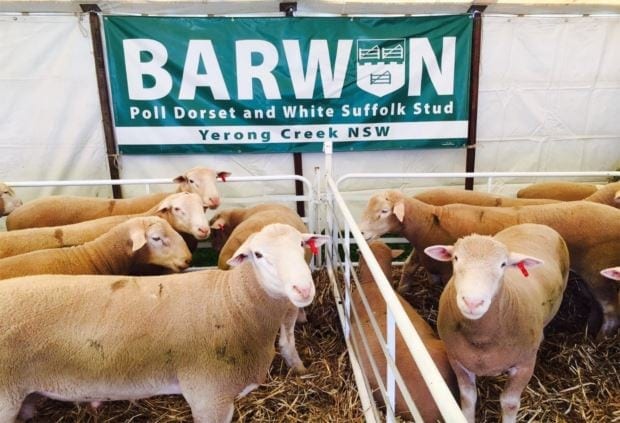
15 Dec Funding Strategies for Young Sheep Producers
(Article published in Beyond the Bale: to 38,000 Australian Wool growers)
Are you a young producer who wants to enter the sheep industry, but feel finance is too hard to obtain? Do you wish to set up your sheep enterprise separate from existing family arrangements? Would you like to get a better understanding of what financiers are after when you apply? Read on for some useful advice.
Young producers who tuned in to a webinar in August run by the Queensland Innovative Sheep Network (QISN) learnt about financing options to enter the sheep and wool industry and some of the initial aspects to consider.
For those who missed it, the ‘Finance the Future’ webinar – with guest speaker Brad Sewell of Robinson Sewell Partners – was recorded and is available free on the Leading Sheep website www.leadingsheep.com.au to anyone across the country.
Communicate your ambitions
Mr Sewell said that one of the most important things for a young person setting out in the industry is to express their passion for the industry and state their goals to their community, family, friends and colleagues.
“It’s important at any stage in life but especially when you’re younger to let people within your network and rural community know what your ambitions are,” Mr Sewell said. “In my experience, the older generations are very receptive to young people wanting to come into the industry but if they don’t understand that’s what you want to do then they’re not going to put opportunities in front of you.
“Whether you’re at the races, at the pub – wherever you are – if you see one of your local graziers, interact and let them know what you’re trying to achieve in life. You’ll be amazed at the opportunities that will be presented to you.”
Mr Sewell said it’s important for young people to keep themselves educated through industry workshops on topics from finance to the practical aspects of farming. As well as the intrinsic benefit of learning the skills, banks take note of a farmer’s management abilities when considering loan applications.
“People believe that the banks’ credit assessment of you all comes down to security and cash flow, but your management skills are key to lending. Up to 30 per cent of the credit assessment by some banks includes what they perceive to be your abilities in this area.”
Agribusiness options
It is important to consider all the finance options for getting into agriculture, including agistment, leasing, share farming, land purchase and joint ventures. Succession planning is the obvious way for those already in the industry.
Mr Sewell said one of the biggest issues for young people in agriculture at the moment is getting a big enough deposit to purchase land, with banks typically lending 60–70 per cent of a property’s valuation at a stretch. So where do you find the other 30–40 per cent?
“Quite often there are options around vendor finance,” said Mr Sewell. “Traditionally this hasn’t been popular with vendors but, as time goes on and more properties aren’t getting capital gains tax exemptions, vendors are increasingly open to receiving some cash up front and then the balance over a number of years. With term deposit rates at about 2 per cent at the moment, a buyer offering a rate of say 5 per cent is quite attractive to a vendor.
“Another option for land purchase is through family support, such as your parents putting their property up as collateral. They might simply be the guarantor for you, or in some cases the parents will borrow the money because they have the credit rating. They could get a separate loan in their name against their property, and the son or daughter would pay them back the principal and interest over time.”
Mr Sewell said that most leasing and share farming opportunities arise through contact with somebody the young farmer already knows; not many get advertised. Joint ventures, partnership and equity partners are relatively rare.
Business planning
Mr Sewell said the young people that are most successful at getting finance are those with a realistic timeframe and have worked out exactly what they want to do.
“Have an overall business strategy which describes, with timelines, how you will accomplish your goals – and be realistic about that. Do your projected cash flow. Consider all the aspects of getting into agriculture such as purchase costs (including stamp duty); look at what infrastructure (eg yards, sheds, fencing), machinery and livestock you require; and consider what working capital you need to keep the property going in the first few years.”
Mr Sewell warns that when applying to the bank for a loan, it is critical that the presentation and its timing are right.
“Banks are very busy. If you don’t present properly the first time around, they typically are not keen on looking at you again (because of time constraints) within a 6–12 month period.
“There are several items of financial information that a bank will need to see to consider a loan application. These include the loan amounts required, loan types and terms, assets and liabilities, security, equity, cash flow forecasts and information on the historical financial and production performance of the property.
“When embarking on sourcing funding, don’t try and do it by yourself. It is very important that you team up with good business advisors to help achieve your goals”.
More information:
www.leadingsheep.com.au
Brad Sewell: [email protected] or 0427 390 016



Sorry, the comment form is closed at this time.